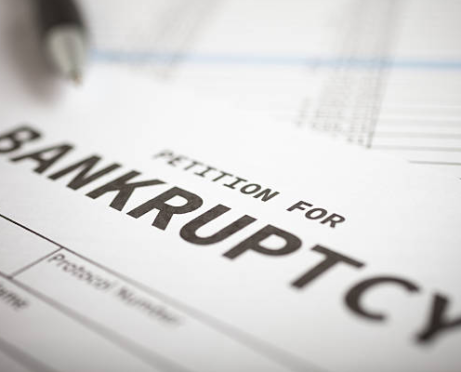
A confluence of political and economic factors is wreaking havoc on gas prices, and subsequently on the wallets of consumers. There is little, in the near term, that can be done to change the price of gas. There are, however, ways we can reduce our fuel usage. Reducing our usage reduces our costs.
Here are seven simple ways to lower your fuel costs.
1. Make Fewer Trips
Reducing how much you drive is one of the simplest ways to reduce fuel costs. Americans tend to drive a lot, perhaps more than necessary. One way we waste fuel is by making more trips than necessary.
For example, I make too many trips to the grocery store. I can reduce the number of trips I make to the grocery by better planning. This saves fuel, and that helps the budget.
2. Plan/Combine Trips
Planning and combining trips can result in significant fuel savings. Combining trips reduces the total miles driven, which has a direct impact on fuel usage. Fewer miles, less fuel.
When planning trips, two factors should be given consideration if you want to lower gas prices.
The route should take the fewest miles to reach all the destinations. In general, a longer leg to start the trip is better than several short legs. This is because the vehicle will be more efficient when warmed up, and operate more efficiently during the less-efficient portion of the trip, which is the short distances portion.
Planning and combining trips can reduce the total miles your drive, saving fuel.
3. Carpool
Carpooling isn’t an option for everyone. We often think of carpooling as sharing rides to work and may or may not have coworkers that would likewise benefit. We may not even work outside the home.
That’s not the only use of carpooling. Many people can share rides to and from after-school activities, or for going out or for other destinations. If someone in the neighborhood has a child in the same activity, you might be able to alternate rides, reducing fuel costs for each of you.
When meeting a friend, think of where would be most favorable to meet from a travel perspective. Perhaps sharing the ride will be the most efficient way to go.
4. Drive Slower and Smoother
Driving the speed limit or a little below it will generally save a lot of fuel, compared to how people tend to drive.
Cars work most efficiently in a range of speed where they are in their highest gear but not much faster than that. Low gears are not efficient; high speeds are not efficient; there’s a sweet spot that tends to be about 40 to 45 mph, where your gas mileage peaks. Rapid acceleration wastes gas; ditto for other abrupt driving habits.
Avoid hard braking or fast cornering; anything that takes additional energy should be avoided.
Be careful out there though; don’t drive so slowly as to be a hazard or put yourself at risk of getting hit by faster traffic. Saving money is great, but it’s not worth getting injured.
5. Reduce Idling and Wait Time
Idling wastes gas. Avoid situations where you are waiting in the car with the engine running. This may take some planning but can make a difference in fuel use.
Many newer vehicles have technology that shuts them down when you come to a stop. Don’t try to replicate this if you don’t have that feature. Shutting down the vehicle in traffic can put you in a hazardous situation.
6. Check Your Tires
Underinflated tires are a big waster of fuel. They’re also a potential safety hazard.
Check your tire inflation regularly. Perform regular preventive maintenance to keep your vehicle running efficiently. It can make a difference.
7. Travel Lighter
Taking more with you uses more energy — which means more fuel, which means higher gas prices will have more of an effect on you.
Sometimes things just accumulate in the car. Perhaps we keep some things there for convenience: You never know when you’ll need the golf clubs, so you keep them in the car. If you rarely use them, you’re wasting fuel. Ditto for any other extra items. If you aren’t going to need them this trip, you don’t need to take them.
Also eliminate things that cause drag. If you have a ski rack on your roof, consider taking it off unless you are headed out skiing. Most cars with roof racks have removable cross bars, which are unnecessary drag and unnecessary weight, making them fuel wasters.
The Bottom Line
Driving less and driving more efficiently can help reduce the burden of higher fuel costs. It won’t make a big truck seem like an economy car, but every bit helps nonetheless.
In the long term, we don’t know what will happen with gas prices. But even if they come back down for a while, they will eventually go back up again. It’s not a matter of if we will have $6-per-gallon gas or if we will have $7-per-gallon gas, but a matter of when those things will happen.
Saving money on fuel is similar to saving money in other ways. What you pay attention to forms your habits, and your habits make the bulk of your results.




